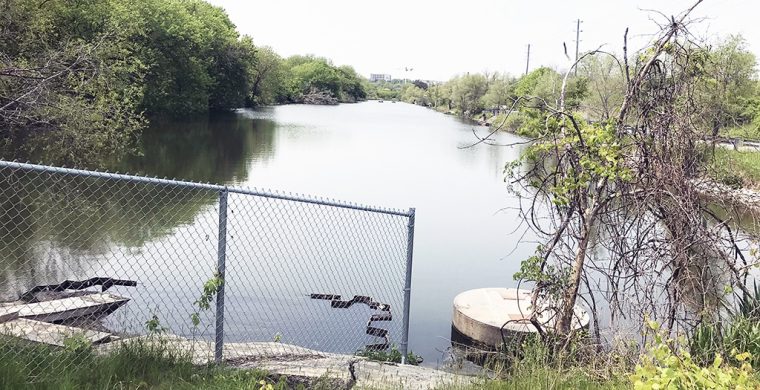By Lisa Iesse Writer HAMILTON – The Haudenosaunee Development Institute (HDI) has asked the city of Hamilton to enter an agreement guiding collaborative work over major projects. The proposed agreement aims to ensure meaningful engagement between the Confederacy leadership and the city. The HDI is the development arm of the Haudenosaunee Confederacy Chiefs Council (HCCC). The proposal uses the Red Hill Valley joint stewardship agreement as a blueprint (which was a pact between HDI and the city over the construction of the Red Hill Valley Parkway). HDI lawyer Aaron Detlor f sent the proposition to the city about a year ago, and resubmitted it last month. Last summer HDI and the city were at a standstill over the sewage cleanup of Chedoke Creek. Detlor says a formal agreement between HDI/…
HCCC seeks development agreement with Hamilton










